By Mike Davenport, Vancouver, BC
Hundreds of thousands (if not millions) of words have been written about the venerable DC-3, aka Dakota or C-47. Most were built by Douglas, but other countries also had a hand in the totals as it was produced by the Japanese, as the Shōwa or Nakajima L2D, and the Russians, as the Lisunov Li-2, as well. Its history includes working not only as an airliner but as a military transport. It has been mounted on wheels, skis, and even floats. It has hauled passengers, freight, and livestock from one end of the world to the other. During the war in Vietnam, affectionately known by the troops as “Puff the Magic Dragon”, AC-47s, armed with three Vulcan mini-guns provided ground support.
Some estimates place the total production to be somewhere north of 16,000. While many are still working for a living with some of those converted to BT-67s powered by turbines. Others are lovingly restored and treasured by proud owners who regularly display them at air shows. Others are on display at museums all over North America and one (CF-CPY) even functions as a wind direction indicator at the Erik Nielsen Whitehorse International Airport.
As the 90th anniversary of the Douglas DC-3 nears, it seems appropriate that a story about a trashed and then restored ‘old girl’ might be interesting to all the Goony Bird’s fans.
This particular DC-3, built in 1940, worked for many airlines after her military career, beginning with American Airlines until retiring in 1972 from Trans Provincial Airways (TPA), 57 years ago. It was delivered to American Airlines in 1940 and christened “Flagship Texas”. Two years later in 1942, it received a military paint job when drafted into the USAAF where it was used as a troopship and flare ship in Alaska. In 1944 it was transferred back to American Airlines. However, it sat idle in Renton, Washington, until 1949 when it went to Trans Alaska Airlines flying a route from Seattle to Anchorage until 1952. It was then sold to Queen Charlotte Airlines, registered as CF-HFC. After just a year it went back to Trans Alaska. It appears to have been stored until January of 1959 with its current registration letters, CF-PWH.
In 1968 TPA purchased it and flew it back to Terrace. There, it was stripped of any useable parts to maintain their other two DC-3s, CF-PWI and CF-KAZ. Any chance of recovering any of those parts was lost when TPA’s hangar burned to the ground.
It was the end of a long and varied career. Pushed off into the weeds in a corner of the Terrace Northwest Regional Airport, there it sat, looking as sad as a hungry pug and clearly a candidate for recycling.
Fifteen years later the airframe was acquired by a lower mainland museum and moved to Cloverdale. Restoration quickly got underway delayed only by the fact that some parts were hard to find. Eventually parts and hundred of hours of labour resulted in a recognisable airframe that continues to carry the registration letters, CF-PWH.
When the museum closed, this made the airplane available to others. A group of Langley pilots then raised the funds required to cover the purchase for the friends of the DC-3 who then took possession and moved it to Langley. Placed on display on the east side of the airport, it rested there for the next 30 years.
On the 89th anniversary, CF-PWH went flying once more. Under the guidance of the museum volunteers and with the cooperation the airport manager and the skills of the crane operator, CF-PWH once again took to the air.
Just like the last time however, she did not leave the confines of the Langley Municipal Airport but moved the short distance back to the east to the new location beside the terminal building. The crane lifted her over a light pole and a fence to the taxi way.
She was then towed via the north/south runway to the east side where she was again lifted over a fence and placed on the pad where it will be available for museum tours for years to come.





